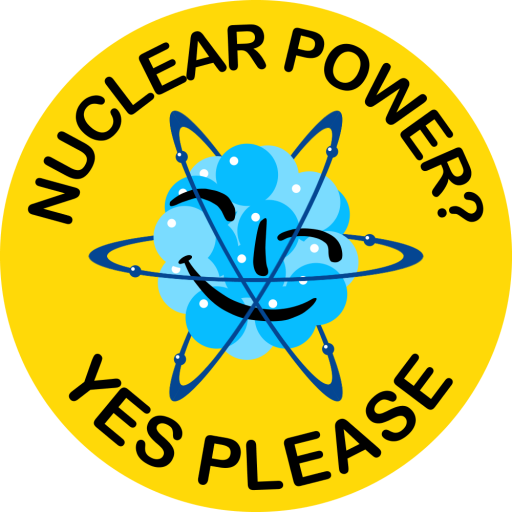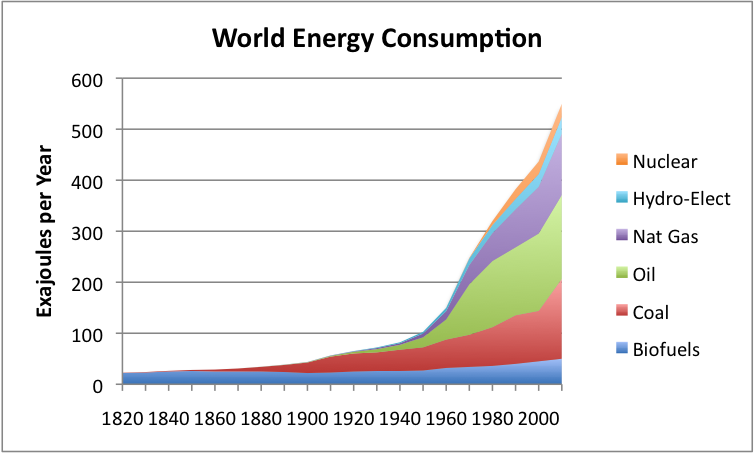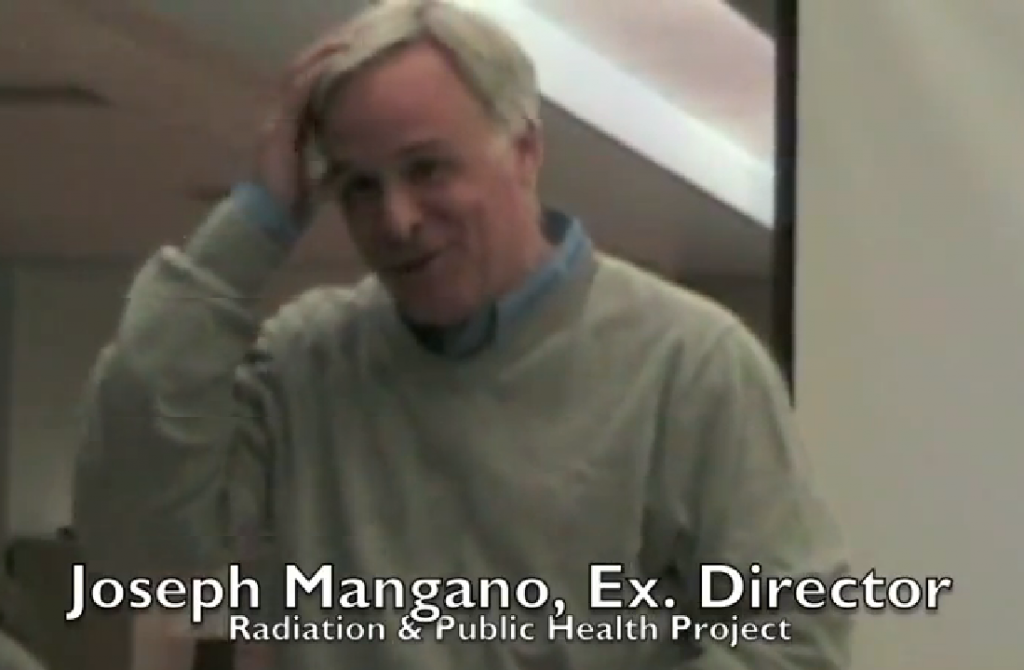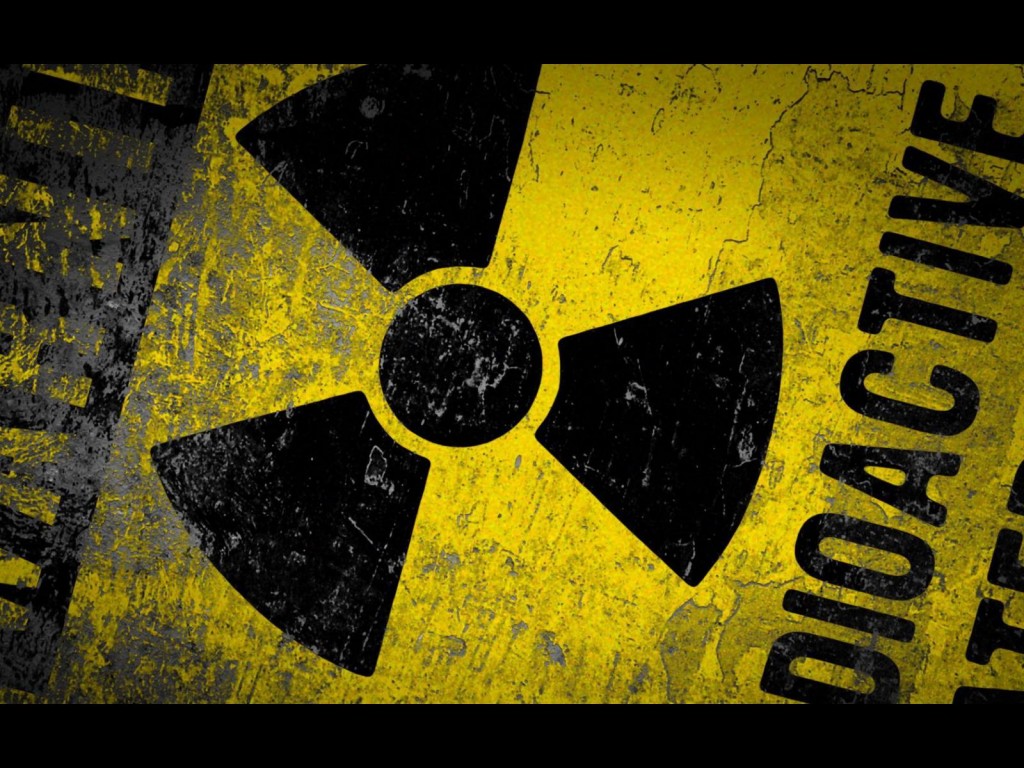Yesterday it was 70 years ago since Fermi and his gang of researchers pulled out the control rod in Chicago Pile one and initiated the first controlled self sustaining fission chain reaction. By all accounts a momentous moment in the history of both science and mankind. The first time we took the step from primitive chemical energy to an energy source a million times more dense and powerful. It’s a day worth celebrating and remembering, and it marks the real beginning of the Atomic age (otherwise usually said to have started on July 16 in 1945 with the Trinity test). Looking back at it now it is quite amazing what the scientists then accomplished with only their brains, pen, paper and slide rulers.
Of course some nuclear opponents consider 70 years a very old age and claim that nuclear is a bit to old to party (a claim clearly disproved by the first picture in this blog post), but is 70 years a valid retirement age for an energy source? Let’s consider other energy sources.
Biofuels were discovered sometime during the evolution of humanity when Grok (or was it Gruk?) started thinking about burning trees after a lightning struck. At some point he figured out that steak tastes better if tossed onto one of these burning trees, and so the biofuel powered bbq was invented. It also had a very nice side effects of making the cave more comfy in the winter and helped make it possible for humanity to spread out from warm and cozy Africa into cold(er) Europe and Asia. By all accounts we are talking about more than a hundred thousand years ago. Biofuels and fire is thus pretty damn old compared to the strapping youth of fission. So why do not anti-nuclear people seem to object to biofuels due to its immense age?
Coal can probably be crammed into roughly the same category as biofuels because it can’t have taken so long for Grok to see that those weird black stones also burn when tossed into a fire, although its massive used didn’t start until James Watt perfected the steam engine in the 18th century. That makes large scale use of coal a couple of hundred years older than fission.
Oil is a relative newcomer, sort of the rookie in the fossil family. It was first seen as either a health remedy or a nuisance, at first it was mostly used to rub onto all kinds of sores or warts but not much else. In 1840 James Young discovered how to distill kerosene from oil and all of a sudden a replacement for whale oil in lamps was available, leading to the use of oil really taking off. That makes oil use about 100 years older than fission, but it had been known for thousands of years.
Fossil gas came as an unwanted (and often dangerous) by-product from oil drilling and coal mining, but the commercial development of it as an energy source went i parallel with the oil extraction. The first gas well for commercial purposes was dug by hand in Fredonia, New York, by William Hart in 1821, but already the ancient Greeks used it for a more esoteric use: The Oracle of Delphi probably got her visions and divine answers from breathing the fumes of gas sipping out of the rock at the temple.
What about renewables that are seen as young upshots that can change the world? Well, wind power has been used on an industrial scale since the 19th century, among other things in order to keep the Dutch from needing to don wet-suits to get to work. Of course wind has been used for sailing for as long as humanity has known how to make a sail. That makes wind anything from 200 years older than fission to thousands of years older.
Solar power is a bit younger, at least solar cells. The process how to get electricity out of photons (the photoelectric effect) was the discovery from 1905 that gave Einstein his Nobel prize in 1921, some 40 years or so before fission. So even solar cells are younger than fission. Actually there is NO new energy source that has been discovered after fission, making fission the youngest on the block despite its 70 years. It is thus pretty moronic to nag on nuclear for being an old fart, it is hardly out of its diapers yet!
But how has this young lad done so far? Well, the first real use of fission for power (excluding things that go boom) was in 1954 with the Obninsk reactor in the Soviet Union, then followed by Calder Hall reactor in the UK in 1956 and the Shippingport reactor in the US in 1957. After that nuclear took off and within 30 years nuclear was producing close to 1250 TWh of electricity per year (over 150 GW of installed capacity). 20 years later production had more than doubled to 2800 TWh/year. The thermal energy produced is almost equivalent to the combined oil production of Saudia Arabia and Russia! Not bad, not bad at all.
The future is looking mighty bright as well, we have barely scratched the surface of the potential of nuclear energy. Right now we are only using 0.5% of the available energy in the fuel and in fairly inefficient designs as well. The next technological step has already been demonstrated in many countries, and within a short time span we can expect to see nuclear fulfill many more roles than today. Process heat for industry, nuclear reactors for space applications, small reactors for remote communities, there is no energy niche where nuclear can not play a part in the future. Furthermore, there are many niches where only nuclear is applicable (submarines and deep space exploration, for instance).
So happy birthday to fission! We wish you another 70 years of success and good health until the day comes when your cousin controlled nuclear fusion has matured enough to be a competitor.
Figure 1. World Energy Consumption by Source, Based on Vaclav Smil estimates from Energy Transitions: History, Requirements and Prospects together with BP Statistical Data for 1965 and subsequent (chart found at http://ourfiniteworld.com/2012/03/12/world-energy-consumption-since-1820-in-charts/)
Other blogs or web sites that honours the anniversary:
- Atomic Insights: December 2, 1942 – Two pioneers present at dawn of fission era
- Atomic Insights: Atomic Show #191 – 70th Anniversary of CP-1, the First Controlled Fission Chain Reaction
- Argonne National Laboratory: Chicago Pile 1 (CP-1) 70th Anniversary
- Argonne National Laboratory Youtube Channel: CP-1 70th Anniversary Symposium
- Atomic Archive: Chicago Pile One Scientists
- About Chemistry: On This Day in Science History – December 2 — Chicago Pile 1
Comments closed









Nuclear news
Published by Johan on December 9, 2012Taken from the IAEA PRIS database